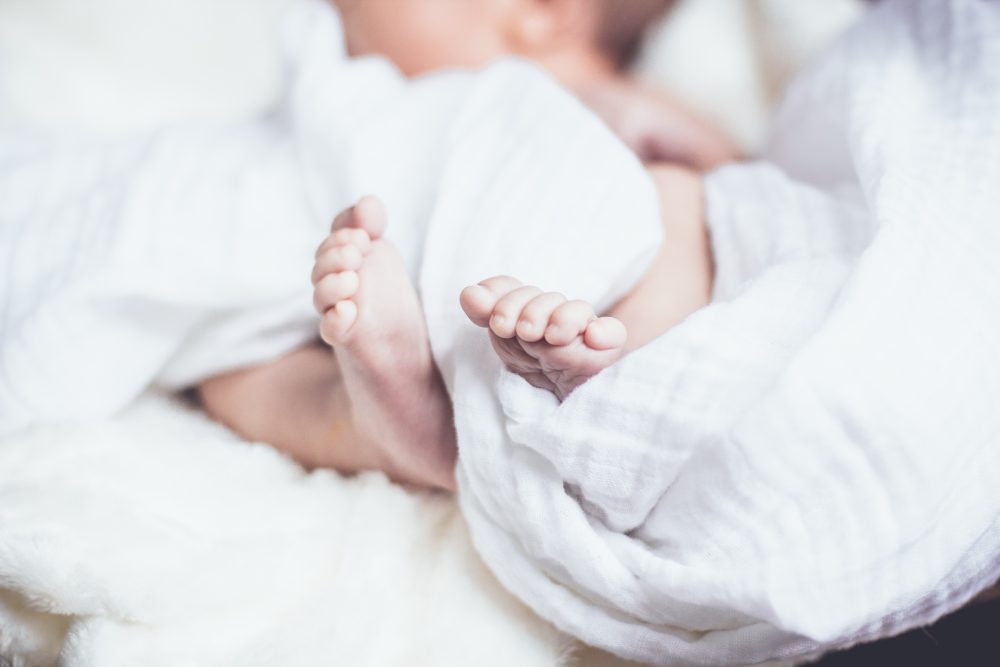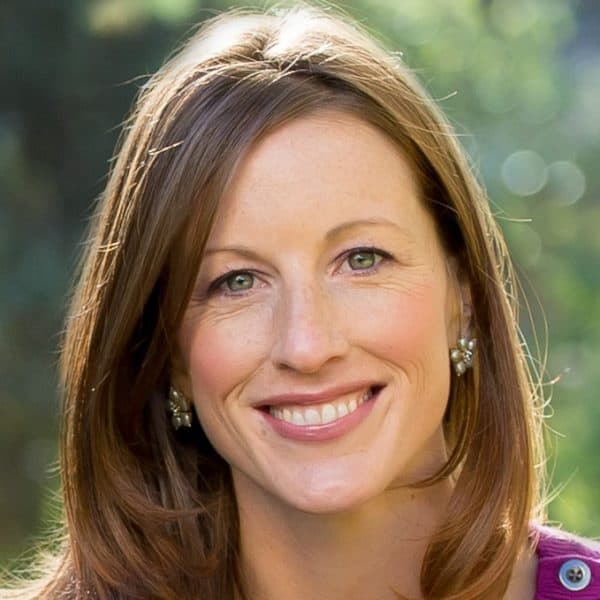Advertisement
Double Bind For New Parents: Keeping Baby Safe And Keeping Yourself Sane

COMMENTARY
When I read earlier this week that the American Academy of Pediatrics had announced new sleep recommendations to protect against Sudden Infant Death Syndrome (SIDS) and other sleep-related infant deaths, I had an immediate and visceral reaction: Thank God I don’t have an infant anymore.
My oldest daughter will turn 8 in December, but I remember vividly the day we brought her home from the hospital. At nearly 9 pounds, she was a pretty big baby. But buckled into her car seat she looked like a completely helpless miniature doll. My husband and I placed her bucket car seat carefully into the backseat of our car and I sat next to her, not in the front seat like a normal adult, but right next to her so I could stare at her for the full 30-minute car ride home and make sure nothing happened to her.
I had an immediate and visceral reaction: thank God I don’t have an infant anymore.
That hyper-vigilance defines the first year of parenthood for many of us. There are so many regulations and guidelines from so many different sources, and they are always changing. By the time I had my second daughter almost two years later, recommendations around sleeping, breastfeeding and car seats had changed, and many of the things we had used when our first daughter was an infant were no longer considered safe — I’m looking at you breathable crib bumpers and Snuggle Nest. Staying on top of what is allowed and what is not allowed feels like a full-time job, on top of raising a newborn, which is itself a full-time job.
And yet, the stakes are too high not to pay attention. From the moment you hold your newborn in your arms for the first time, you realize that whatever you used to think was the worst thing that could happen to you pales in comparison to how you would feel if anything happened to this child. And so, that first year, which is filled with so much happiness and love, is also filled with a new and sometimes paralyzing fear.
And speaking of paralyzing: hello exhaustion.
“Why didn’t anyone tell us how tired we’d be?” my husband and I repeatedly asked each other that first year.
Even if anyone was frank enough to tell you (“Congratulations on being pregnant! Get ready to be tired in a way you absolutely cannot comprehend!”), you wouldn’t understand it until you lived through it.
So it’s into this mixture of hyper-vigilance and complete exhaustion that these new AAP guidelines land, reaching many parents who are trying to do everything they can to keep their children safe and maintain their own sanity. The guidelines, designed by talented pediatricians who have dedicated their professional lives to saving the lives of babies, include recommendations about pacifier use, how to safely position babies for sleeping, what should and shouldn’t be in the crib, swaddling, and a variety of other topics. The guideline that seems to have garnered the most news headlines is that babies should sleep in their parents room, but not in their parents bed, for “at least the first six months and, optimally, for the first year of life.”
Advertisement
For some families, this probably seems way too long, and for some others, not long enough. Our first daughter spent about four months sleeping in a co-sleeper next to our bed and our second daughter spent about a week — she was an exceptionally noisy sleeper and I ended up lying awake listening to her, rather than sleeping, before I moved her down the hall to her own room. I wonder now if we would have done things differently had we been aware of guidelines like these.
Staying on top of what is allowed and what is not allowed feels like a full-time job, on top of raising a newborn, which is itself a full-time job.
The AAP is doing its best to put information out there that can keep more babies safe and alive, and we should all be grateful for that. But the truth is that no one really knows what causes SIDS and parents can do everything right and still have the worst happen, just the same as in any area of parenting or of life. We do our best to make good decisions to protect ourselves and those we love but it’s not a guarantee.
The lead author of the report, Rachel Moon, MD, FAAP, notes in the press release issued in support of the report, “We want to share this information in a way that doesn't scare parents but helps to explain the real risks posed by an unsafe sleep environment.” In the release, the AAP also recommends that doctors have “open and nonjudgmental conversations with families about their sleep practices.”
I remember doing this with our pediatrician. She always emphasized that we needed to make safe choices, but also, that we all needed to sleep, and that it was our job as a family to figure out how to do this.
We did, for the most part. And we were lucky. And all these years later, when we occasionally have a sleepless night for whatever reason, I am grateful that it is just one.
